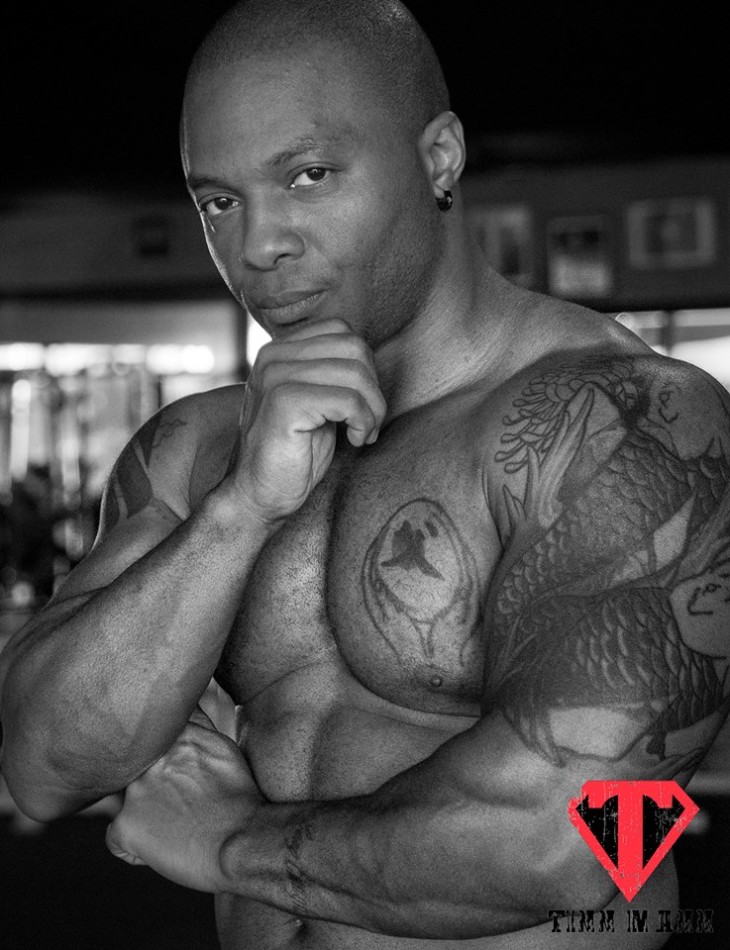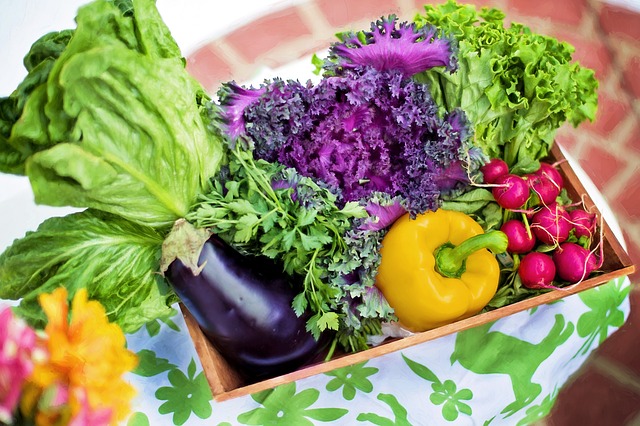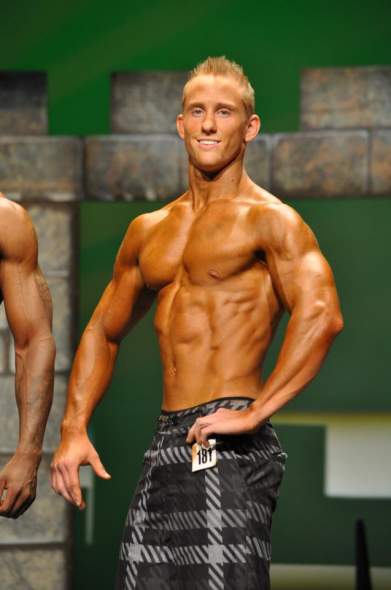Why does the mention of the word ‘exercise’ always end up with a grimace or a scowl? Why is it always attractive to see the effects of exercise on models and celebs but we never want to incorporate that one good habit in our lives? After all, what is so negative about a habit like exercise that has only positive results for you?
You might have noticed, as I have, that it’s easy to plan your exercise regime as something to do in future, but you can’t get out of bed each day and actually do it. However, if you’re one of those easily motivated kind of people who’s waiting for a particular day (say, Monday) or date (1st, 15th, etc to begin, you might show great enthusiasm to get fit until you have to actually prove it.
Suddenly, all that enthusiasm fizzles out and you’re like anyone else.
So, why do we need to be motivated?
The need for motivation or something that makes us do a task that’s good for us is paramount for those launching out on exercise. If you’re motivated to exercise, it means you have a final goal in mind towards which you’re working out. If you need to lose 20 pounds, that’s enough motivation to begin exercising or if you want to look your best for a particular event where you want to make an impression, that’s a really huge motivation. Perhaps, you just want to stay well and healthy, that’s a pretty good goal too.
Instead of dithering and waiting for an opportunity to exercise, it’s time you pull up your shoe laces and get going to the gym or to the park where you intend exercising. You have to make yourself want to exercise if it’s not happening naturally. So, force the motivation to start exercising or create it, but don’t wait for Santa to gift it to you, because it won’t happen that way.
And yes, age is not a deterrent for anyone wanting to exercise and stay fit. So, there you are. Get out of home, into your tracks and off to a flying start. A healthy life is right round the corner, where are you?
Is exercise important? You bet it is!
For some, just the idea of having a shapely or muscular figure with a few months of exercise is enough to excite them, and the same is the case with me. In fact, just deciding to exercise makes me as happy as I would be if I had lost all that extra flab. The problem is seeing it through until you lose all those magical pounds.
Why don’t you exercise? There are several reasons why people like you and me desist from exercising and maintaining a healthy lifestyle. Some of the prime reasons not to exercise are lack of time due to family, school or work pressures; or the absence of a gym nearby, slim free time slot in the mornings, lack of room to exercise at home and an absence of a walking path in a nearby park.
People also cite health conditions such as arthritis and diabetes that would, they say, be dangerous to their health.
To all such people, I would like to say that these obstacles in your paths are insignificant and completely surmountable. All you need is a mindset to solve these niggling problems and set you up for success in fitness.
So, what do you need to make exercise work for you?
In a word, motivation to starting exercise! This is the inspiration or the extra energy that pushes you towards exercising. How can we make this happen? You’ll be happy to know that there are certain ways by which you can be inspired to exercise, such as:
- Set exercise goals: If you decide that you need to lose 20 pounds by December, then you’ve got a goal to work for. That may be a larger goal. To achieve it, you might like to set smaller daily or weekly goals. This could be something like deciding to walk for 30 minutes 5 days a week or for 15 minutes after lunch. Small achievable goals are easy to fulfill, so why not start with them?
- Prepare to exercise: You can’t swing your legs out of bed and begin to exercise. You need to dress appropriately for it, take a water bottle and towel along in your gym bag, etc. Make things easy for you early in the morning, so there’s no getting out of exercising.
- Make a habit of exercising: For success in anything, you need to do it every day, no matter what. Exercise should be part of your daily routine, so chalk out a particular time slot for it each day and work the rest of your day around it. I used to treat exercise as something I could give up if I had something more important to do. Don’t do that because a break in schedule sends you back to square 1.
- A post-you photo of a very slim and toned you: A futuristic picture of you with 20 pounds or more lost will be extremely motivational to you. Just imagine, a slimmer you that you never thought possible could be true if you just worked at it. Now, let this creative visualization work on you.
- Include exercise into your daily chores: According to studies, the effects of exercise can be seen in different aspects of your life and health. So, if you make a habit of doing gardening, raking the leaves in your yard, or walking to the department store and back, vacuuming the floor on a regular basis, you will pick up in overall health and fitness. You can prove this by having more stamina than others around you and be able to climb inclines and uphill roads easily.
- Don’t be too rigid about your goals: Though you may push yourself every day to achieve your big and small goals, yet on some days this is perhaps not possible. If you’re a student who’s just finished a set of exams, it might be difficult to walk for an hour because you’re very tired. In such cases, do as much as you can, but don’t skip your exercise routine.
- Be committed to your goals: Exercising to lead a healthy life is a commitment you need to make to yourself each day. Only then will you stay on course. One way of doing this is to make a note of all that you want to achieve each day before you begin exercising. Keep reminding yourself of your goals through the day, so there’s no chance of bunking them.
- Thank yourself for small goal achievements: Keep the energy going in you until you achieve all your goals and your larger one. For this, as you achieve your small goals, thank yourself by giving yourself a small reward. Perhaps, a healthy snack or a pair of better running shoes or something like that.




